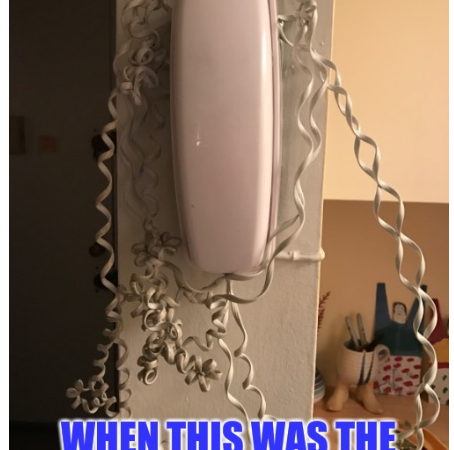44.1 Million Average Viewers Watched Thanksgiving Day Football

The National Football League (NFL) and Nielsen collaborated on a survey to complement Nielsen’s measurement data to provide a detailed picture of how many people may have watched NFL football on Thanksgiving Day, particularly in group settings. Based on the survey* findings, each game reached an average of more than 20 million additional viewers, raising the average-minute audience to 44.1 million, a 31% increase from the 33.6 million initially reported.
The results showcase the unique nature of Thanksgiving Day football, which for football fans has become intrinsically intertwined with a national holiday that brings families and friends together for a day of appreciation and gratitude. Many watch in larger-than-normal group settings such as an extended family member or friend’s home, bar, or restaurant.
With three games spread across the entire day, the opportunity to catch the games while preparing the big meal, visiting multiple households on the same afternoon, or perhaps even after the neighborhood’s touch-football game provides fans ample chance to catch NFL action.
“Quantifying the exact number of people watching NFL games on Thanksgiving presents additional challenges due to the fact that so many people gather in different group settings with family and friends,” said Paul Ballew, Chief Data and Analytics Officer of the NFL. “As was the case with our study around the Super Bowl, we feel this Nielsen custom survey helps provide a more complete picture of the total viewership for this unique day on the NFL calendar.”
Nielsen measures out-of-home in locations – such as bars and restaurants – across about 65% of the United States and its co-viewing measurement covers groups of up to 16 people in households across the entire country.
“The tradition of family gatherings and NFL football on Thanksgiving Day is endemic to American culture,” said Jon Stainer, Nielsen Sports Managing Director for the Americas. “We’re honored to continue working with the NFL on this custom study to help them better understand the size and behaviors of group viewing parties outside our co-viewing measurement.”
The custom survey of 5,800 households, conducted by NORC at the University of Chicago using the AmeriSpeak panel, examined the size of viewing groups at any location and to what extent those groups are larger than that which is measured today. This is the same study used when Nielsen announced an estimated 208-million-plus viewers watched Super Bowl LVI via a custom study with the NFL.
Late last month, it was reported that the telecasts of the games were the most-watched NFL Thanksgiving Day on record. Cowboys-Giants was the most-watched regular-season NFL game of all-time, Lions-Bills broke a Thanksgiving Day early-window record, and Vikings-Patriots was the second-best Thanksgiving primetime game on record.






